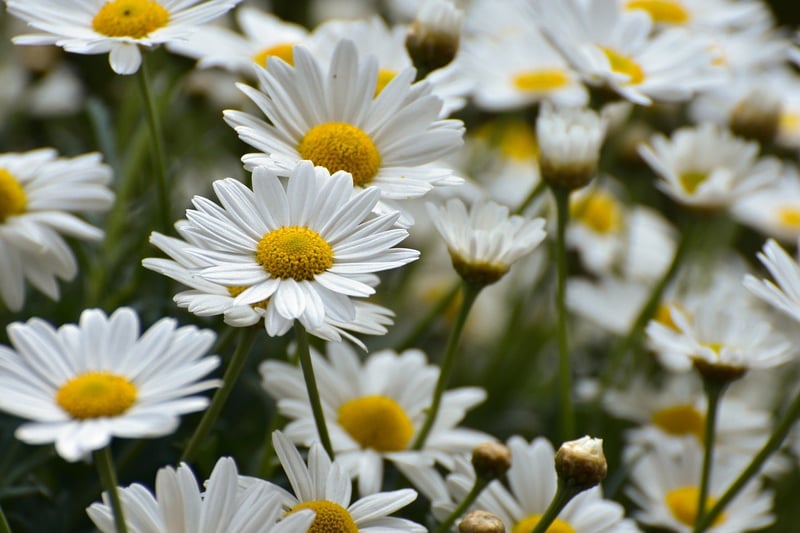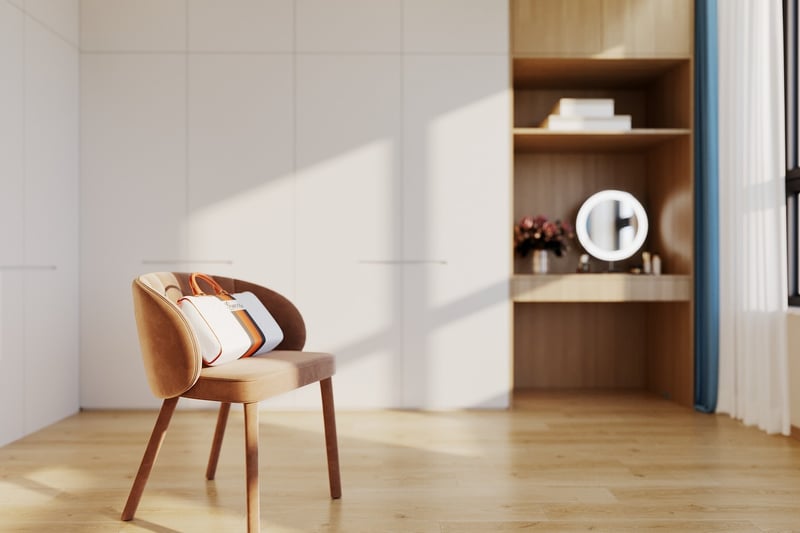Indoor vs. Outdoor
Understanding Plant Light Needs: Indoor vs. Outdoor
Gardening can be a rewarding experience, but to ensure your plants thrive, it's crucial to understand their light requirements. Light is essential for photosynthesis, the process through which plants produce food. Different plants have varying light needs, and these requirements can be broadly categorized into indoor and outdoor settings.
Indoor Plants
Indoor plants are those that are cultivated inside homes, offices, or other enclosed spaces. When selecting indoor plants, it's important to consider the amount of natural light available in the specific location where they will be placed. Most indoor plants fall into one of the following categories based on their light needs:
Low Light Plants
Examples of low light plants include pothos, snake plants, and peace lilies. These plants can thrive in areas with minimal natural light, making them ideal for rooms with few windows or shaded corners.
Medium Light Plants
Plants such as ferns, spider plants, and begonias require moderate light levels. They do well in areas with filtered light or a few hours of direct sunlight each day.
High Light Plants
Cacti, succulents, and many flowering plants fall into this category. These plants need several hours of direct sunlight to flourish and should be placed in sunny windows or under grow lights.
Outdoor Plants
Outdoor plants are grown in gardens, balconies, or other outdoor spaces where they are exposed to natural light. When planning an outdoor garden, it's essential to consider the sunlight patterns in the area to select plants that will thrive. Outdoor plants can be categorized based on their light requirements as well:
Full Sun Plants
Plants like roses, tomatoes, and peppers thrive in direct sunlight for at least 6-8 hours a day. These plants are suitable for gardens or balconies with ample sunlight exposure.
Partial Sun/Partial Shade Plants
Hostas, impatiens, and certain herbs prefer dappled sunlight or limited direct sun exposure. They do well in areas with morning sun or filtered light throughout the day.
Shade Plants
Ferns, coleus, and peace lilies are examples of plants that thrive in low-light conditions or shade. These plants are suitable for areas with minimal direct sunlight, such as under trees or on shaded balconies.
Understanding the light needs of your plants is key to their growth and overall health. Whether you are cultivating an indoor oasis or tending to an outdoor garden, providing the right amount of light is essential to help your plants flourish.

Remember to regularly monitor your plants' light requirements and make adjustments as needed to ensure they receive adequate sunlight for optimal growth.
Happy gardening!
